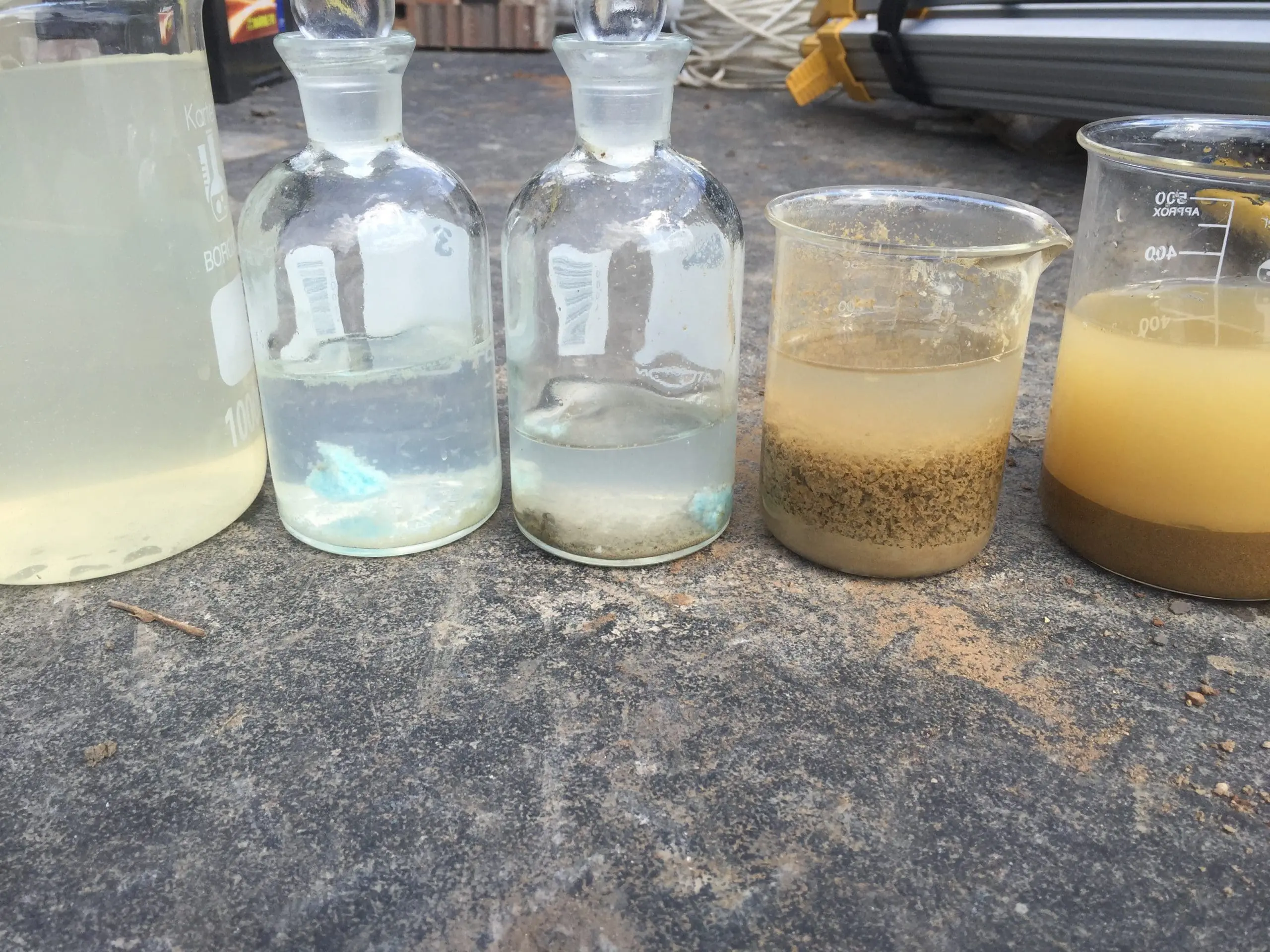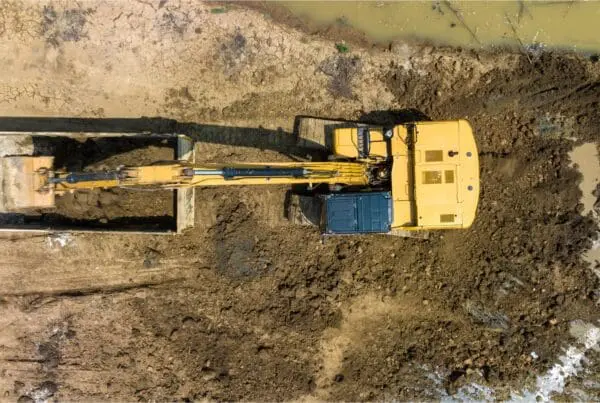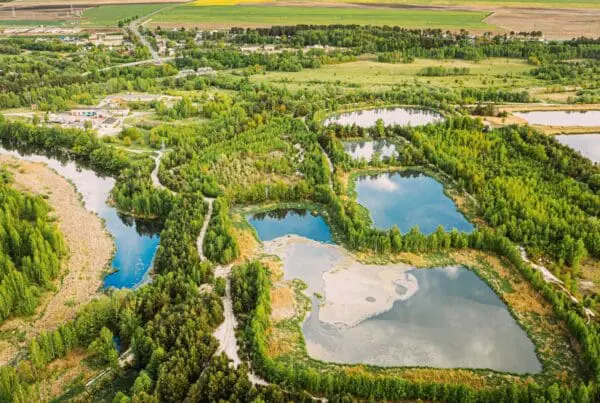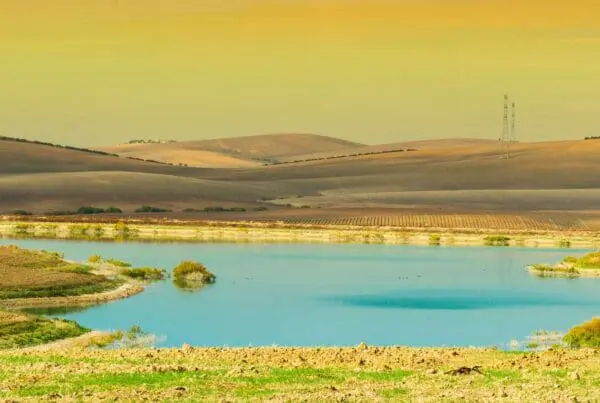There can be a few factors that lead to the brown color of water in ponds and lakes. The common factor in the northern and western United States is the watershed make-up, mostly coniferous trees. Coniferous trees are those that have modified leaves that are present as needles. When the needles fall and get washed into nearby waters, they start to breakdown and leach tannins. Tannins are responsible for the brown color of the water, also called tea-colored. It is a natural process, giving the water a slight acidity and setting the environment where acidic-tolerant species persist.
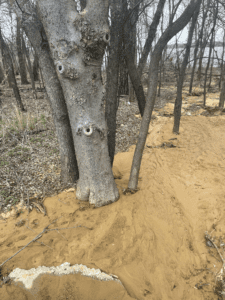
However, Texas ecosystems lack these coniferous trees dominating our watersheds. Typically, ‘brown water’ in these areas refer to suspended sediments in the water itself giving it the darker color. There is an increase in suspended sediments after a rain event or other precipitation, that is strong enough to wash sand and sediment into the water. The sediment load can be increased by construction happening in the area or watershed. The very nature of construction involves loose sediment that is extremely easy to displace and get carried away by even the smallest weather event.
If the water has a brown color without any precipitation it can be the result of an internal churning. Some abiotic (non-living) factors that can cause this are wind, waves, or wake. Depending on how much sediment there is or how unconsolidated it is along the bottom these actions can churn up the water and force those sediments to spread throughout the water column causing the tan/brown color. After a few days of calmer water and weather, the brown color should fade until the next disturbance. Biotic (living) factors that can also cause the color change, such as bottom dwelling fish (catfish, carp) and other wildlife that live in the sediment layers such as crayfish – also known as bioturbation, a disturbing of sediments by living organisms. If these are the culprit, the water may never lose its color for the animals are continually churning the sediment into the water column.
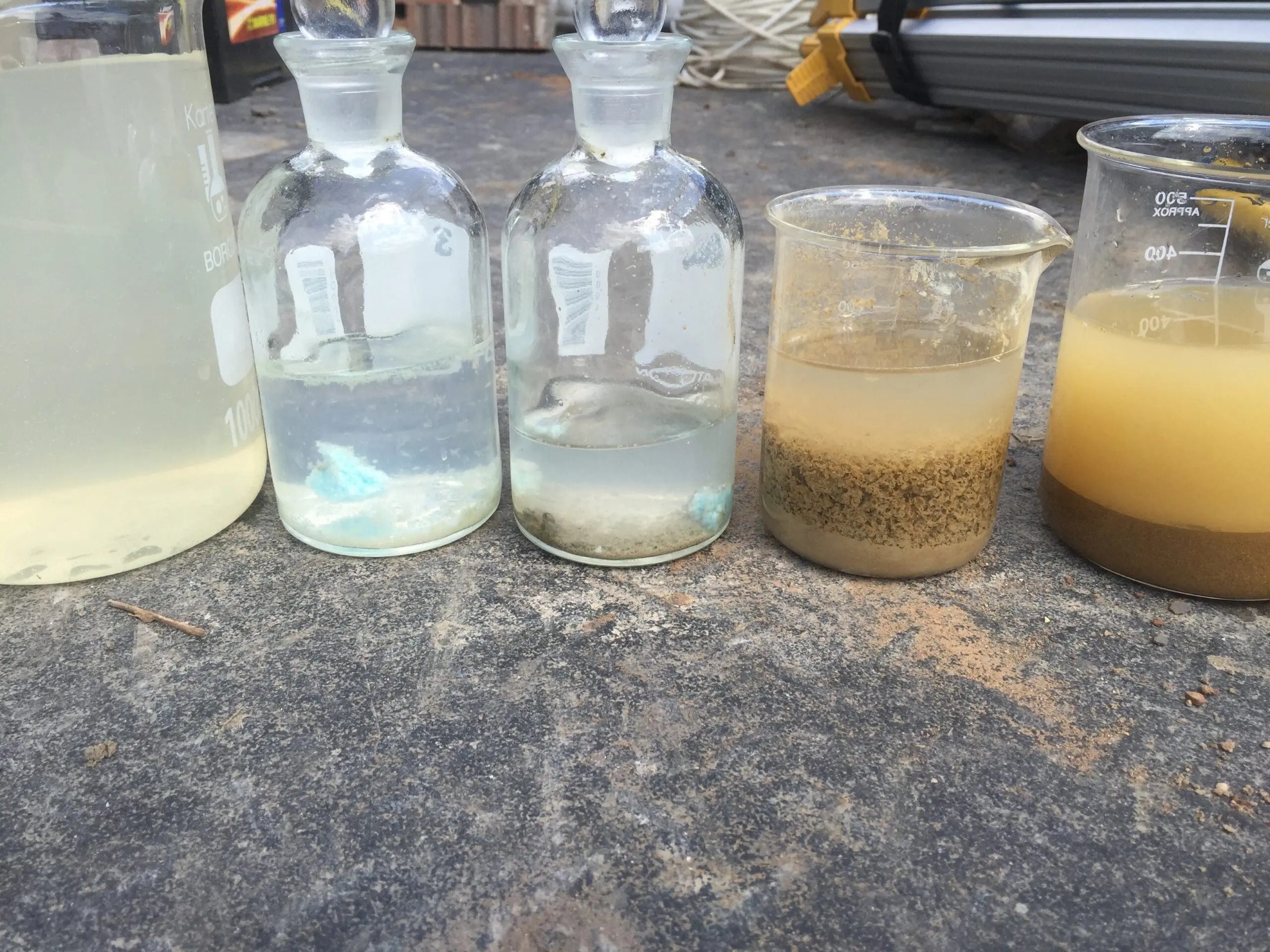
If brown water is an issue you are facing, start taking notes of the weather and the watershed to see if there is a pattern of clearing and clouding. At PondMedics we are always willing to take a look and give some pointers; we are here if you need us!
